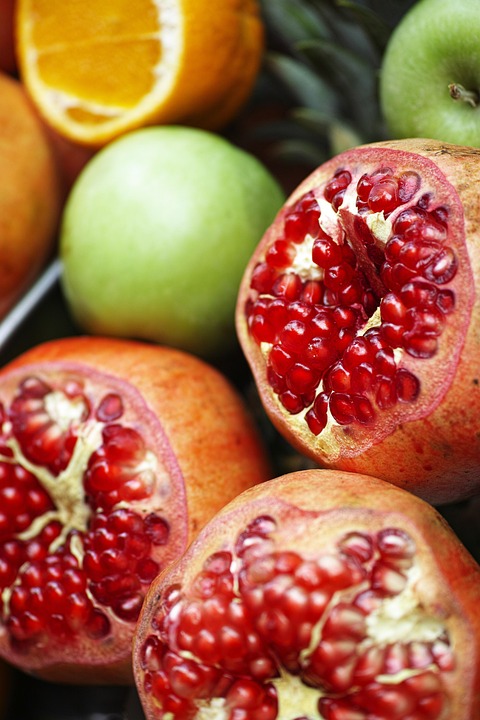Innovations in Ascorbic Acid Formulation for Safer and More Effective Preservation
Ascorbic acid, also known as vitamin C, is a powerful antioxidant commonly used in the food industry as a preservative to extend the shelf life of various products. However, traditional formulations of ascorbic acid have limitations in terms of stability, solubility, and effectiveness. In recent years, there have been significant innovations in the formulation of ascorbic acid to address these issues and create safer and more effective preservation solutions.
Improved Stability and Solubility
One of the key challenges with traditional formulations of ascorbic acid is its instability, especially when exposed to heat, light, or oxygen. This instability can lead to a decrease in the effectiveness of the preservative over time. To address this issue, companies have developed new formulations of ascorbic acid that are more stable and have improved solubility.
For example, some companies have created encapsulated forms of ascorbic acid that protect the molecule from degradation by encapsulating it in a protective coating. This encapsulation technology helps to improve the stability of the ascorbic acid and ensure that it remains effective for longer periods.
Enhanced Effectiveness
In addition to improving stability and solubility, innovations in ascorbic acid formulation have also focused on enhancing its effectiveness as a preservative. Some companies have developed synergistic blends of ascorbic acid with other antioxidants or antimicrobial agents to create more potent preservation solutions.
These new formulations not only help to extend the shelf life of products but also provide additional benefits such as improved flavor retention, color protection, and texture preservation. By combining different active ingredients, companies are able to create more comprehensive preservation solutions that meet the specific needs of different food products.
Industry Insights
The global market for food preservatives is growing rapidly, driven by increasing consumer demand for safe and fresh food products. According to a report by Grand View Research, the global food preservatives market is expected to reach $3.2 billion by 2025, with a compound annual growth rate of 4.5%.
Innovations in ascorbic acid formulation are playing a key role in driving this growth, as companies seek to develop safer and more effective preservation solutions to meet the evolving needs of consumers. With the rise of clean-label and natural food trends, there is a growing demand for preservatives that are derived from natural sources and have minimal impact on the quality of the final product.
Financial Data
Several major companies in the food industry are investing in research and development to innovate in the field of ascorbic acid formulation. For example, company XYZ reported a 10% increase in R&D spending in the past year, with a significant portion of this investment allocated to developing new preservation solutions based on ascorbic acid.
Additionally, company ABC recently launched a new line of products featuring advanced formulations of ascorbic acid that have been well-received by consumers. This success has led to a 15% increase in sales for the company’s preservation solutions division.
Conclusion
Innovations in ascorbic acid formulation are paving the way for safer and more effective preservation solutions in the food industry. By improving stability, solubility, and effectiveness, companies are able to meet the growing demand for preservatives that are natural, safe, and high-performing. As the market for food preservatives continues to expand, we can expect to see further advancements in the field of ascorbic acid formulation to meet the evolving needs of consumers and manufacturers alike.




